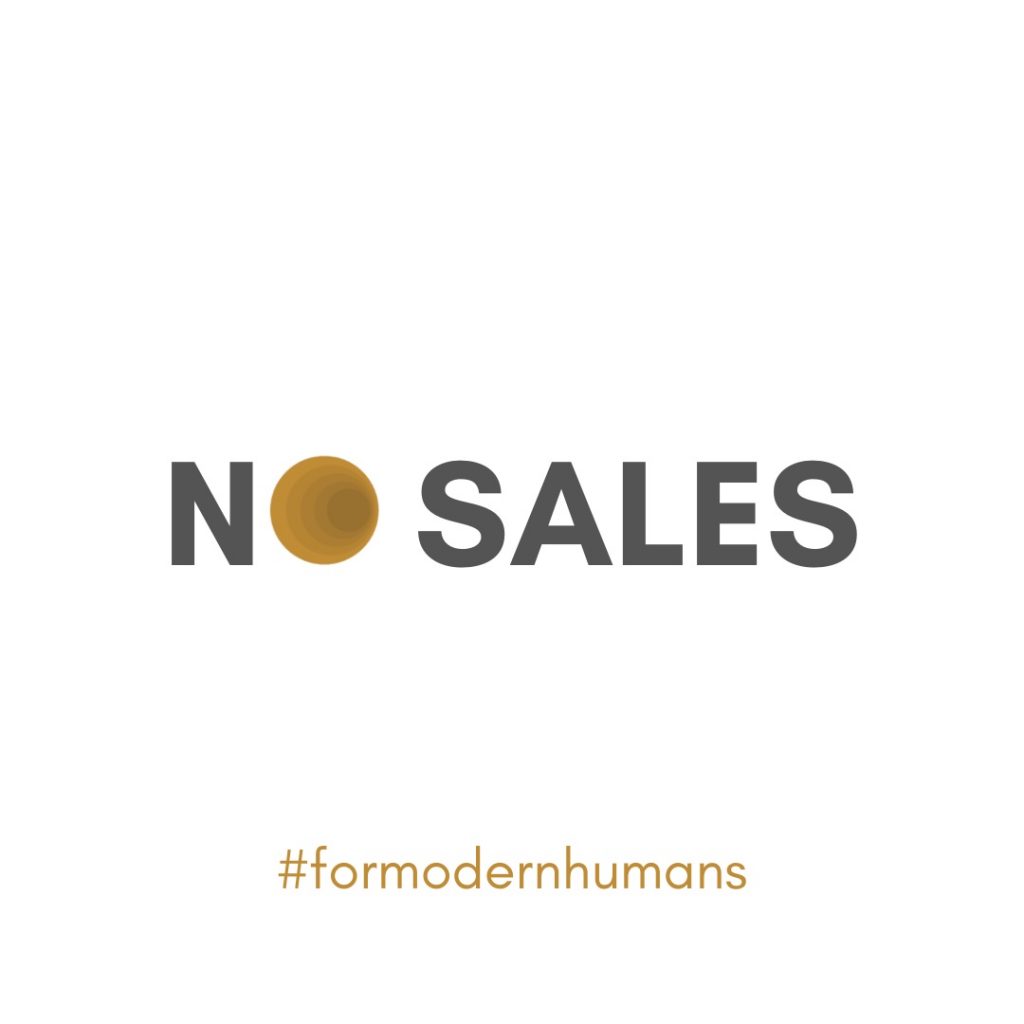The society of fake needs
Human needs: are they real or fake needs?
Apart from the basic ones – essential to grant a decent life – human needs involve things that should improve our lives.
But, century after century, individuals have become needier. Or, to put it another way, we have just become spoiled. And if we add a high dose of ignorant and selfish behaviour, easy to detect in our society, the big picture becomes worrying.
We live for instant satisfaction, avoiding caring about the effects of our actions. Among those side effects are issues like global warming and garbage, so much that droughts have increased and the oceans are full of plastic.
Whether it is a sign of malaise or a sign of stupidity, this behaviour isn’t healthy. Therefore, some questions arise: do we really need all the products we consume? Or are ads just building fake needs to make money?
Advertising makes people believe so many things, and they buy without questioning. For instance, according to adv, we need vitamin supplements (all packed in plastic boxes). But the only thing we need is balanced nutrition, unless there are health problems, of course.
They make us believe we need expensive anti-wrinkles, even if nothing will erase a single wrinkle. Only plastic surgery can do that, another one of the crazy modern needs. And, it seems we cannot miss things like water added with hyaluronic acid or yoga pants. It’s a mystery how people could have practised yoga so far!
Also, they make us believe we need a new smartphone every year, so congrats on Chris Evans, who kept the same iPhone for seven years. Hey, seven years! We thought we were the only ones!
Do we need all those things advertising tries to sell?
Surely not. Indeed we built a society of fake needs. And it is the byproduct of a capitalist model, which puts a cage around us. But, at the same time, we talk about sustainability. Or a worldview that, if taken seriously, has nothing in common with capitalism.
Now, we should open our eyes and learn to discern rather than believe whatever they say. Being able to discern implies thinking, which is always a good exercise. And learning conscious purchasing and thoughtful consuming habits if we want the human race to continue to exist.
Dedicating particular attention to the impact of our actions on the environment is crucial. It will help us understand that with fake needs, we go nowhere.
Learning to make better choices is the way out.
The society of fake needs Read More »

